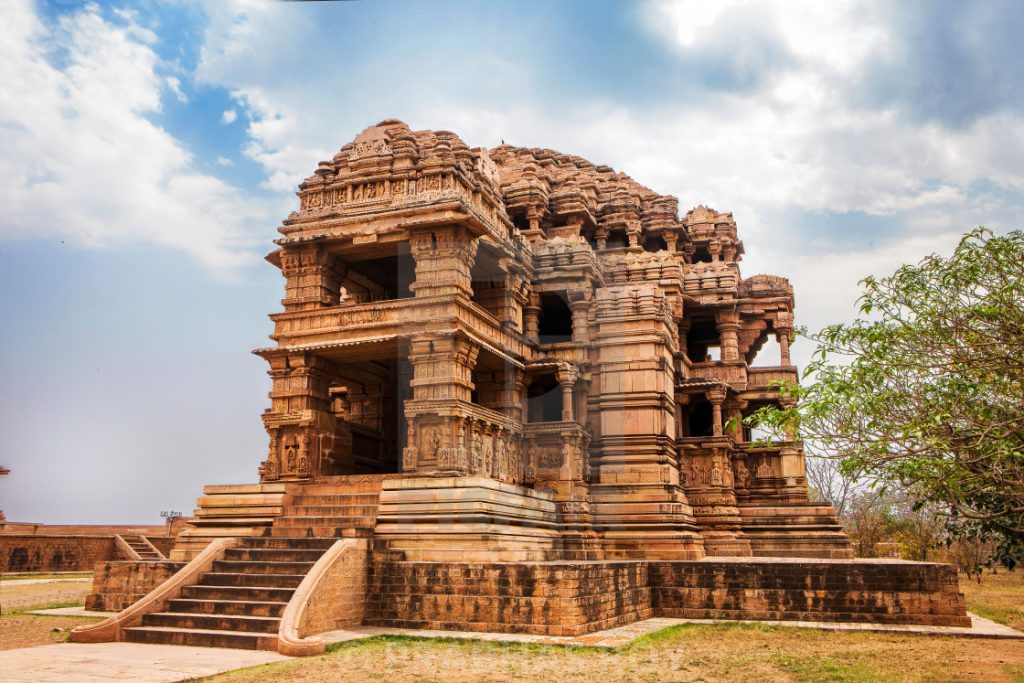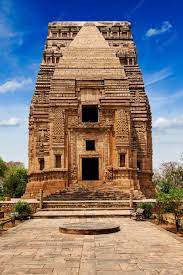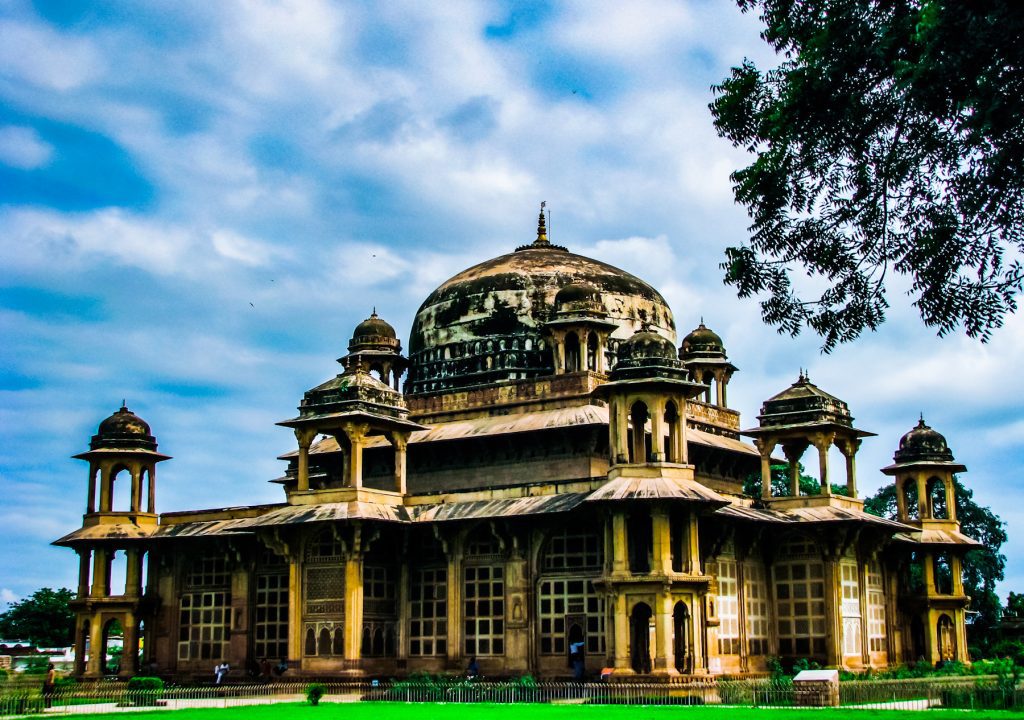- Private car and driver in Delhi / India
- +91-8447445445
- info@discoverindiabycar.com sugar.ankit@yahoo.com
 +91-9818434712
+91-9818434712
Gwalior
Gwalior, located in the state of Madhya Pradesh, is a historic city that showcases a rich tapestry of history, culture, and architectural marvels. The city is known for its magnificent fort, ancient temples, and artistic heritage, making it a fascinating destination for history buffs, art enthusiasts, and travelers seeking a glimpse into India’s royal past. Gwalior’s strategic location and historical significance have made it a center of power for various dynasties that have shaped the region’s cultural legacy.
Climate
Gwalior experiences a hot semi-arid climate, with scorching summers and cool winters. Summers, from April to June, are hot and dry, with temperatures often exceeding 45°C (113°F). Winter season, from November to February, brings cool temperatures, ranging from 7°C (45°F) to 25°C (77°F). The monsoon season, from July to September, brings moderate rainfall, providing relief from the heat.
Location
Gwalior is located in the northern part of Madhya Pradesh, approximately 321 kilometers (199 miles) south of Delhi. It is situated on the Gird region of the Malwa plateau and is surrounded by rocky hills and lush green valleys. The city is well-connected by road, rail, and air, and serves as an important transportation hub in central India.
History of Gwalior
Gwalior has a storied history dating back over a thousand years. The city has been ruled by various dynasties, including the Tomars, Mughals, Marathas, and Scindias. It served as a significant center of power, commerce, and art, attracting renowned musicians, poets, and scholars from across the country.
Gwalior Fort, the centerpiece of the city, stands as a testament to its rich history. The fort has witnessed several battles and has been ruled by numerous kings and emperors. It showcases a magnificent blend of Hindu, Muslim, and European architectural styles, reflecting the influence of different eras and dynasties.
How to Travel Gwalior?
To travel to Gwalior, you can take a private car and driver from Delhi or any nearby major city. Discover India by Car offers custom tour packages that include Gwalior as a prominent destination, allowing you to explore the city and its historical landmarks. The tour packages can be tailored to include visits to attractions such as the Gwalior Fort, Jai Vilas Palace, Teli Ka Mandir, and the Scindia Museum.
Places to Visit in Gwalior

Gwalior Fort
The Gwalior Fort is the highlight of the city, towering over the landscape with its majestic presence. Explore the fort’s various sections, including the Man Singh Palace, Teli Ka Mandir, Gujari Mahal Archaeological Museum, and the iconic Saas-Bahu Temples. Admire the intricate carvings, stunning views, and delve into the fort’s rich history.
Jai Vilas Palace
This opulent palace, built by the Scindia dynasty, showcases a blend of European and Indian architectural styles. It is renowned for its grandeur, luxurious interiors, and the Scindia Museum, which houses a vast collection of artifacts, including weaponry, artwork, and historical memorabilia.


Sas Bahu Temples
Located within the Gwalior Fort complex, the Sas Bahu Temples are an architectural marvel dedicated to Lord Vishnu. These intricately carved temples feature exquisite sculptures and ornate ceilings, reflecting the region’s rich artistic heritage.
Teli Ka Mandir
Known as the tallest structure in the Gwalior Fort complex, Teli Ka Mandir is an ancient Hindu temple dedicated to Lord Vishnu. The temple’s unique architectural style, featuring a blend of North Indian and South Indian elements, makes it a fascinating attraction.


Tomb of Tansen
Visit the mausoleum of Tansen, one of the most celebrated musicians in Indian history. The tomb, located near the Tansen’s residence, is a serene spot and serves as a homage to the legendary musician.
Gwalior’s rich heritage, architectural splendor, and cultural vibrancy make it a captivating destination for those seeking to delve into the glorious history and artistic legacy of central India.








